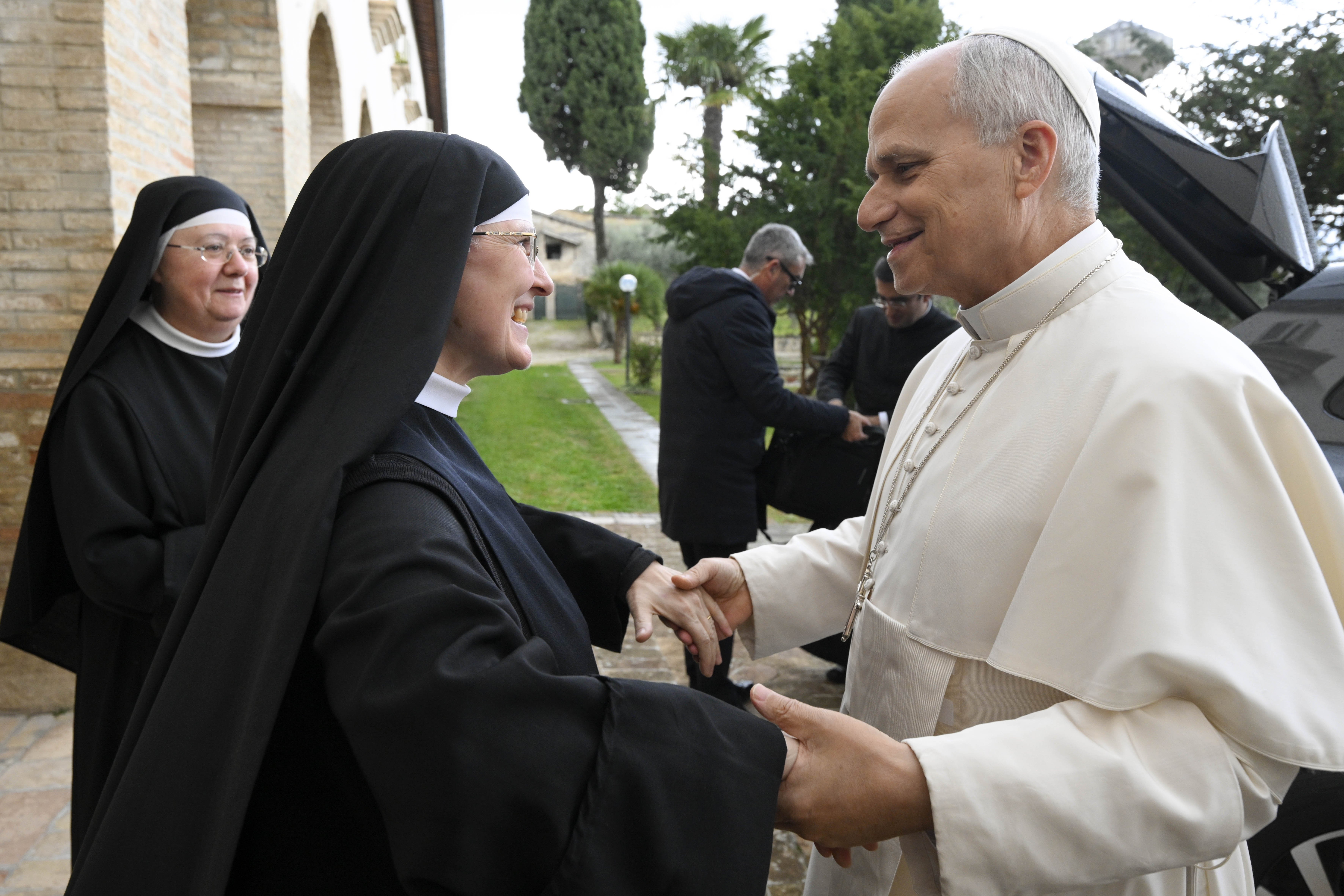April 6, 2018 at 1:53 p.m.
Light of candles shines in history
Candles were used for the Lucenarium, the second-century ceremonial light for evening prayer and the precursor to the Paschal Candle. They also were held during funeral processions; burned at the tombs of the dead, especially martyrs, during the third century; and lighted before sacred images and the relics of saints during the fourth and fifth centuries.
Although the use of candles in ceremonies honoring the dead was discouraged because of pagan implications, the Church gradually deemed such superstitions were no longer a concern, and lamps and torches became a popular way of showing respect for deceased Christians and martyrs.
The practice of using candles at Mass began during the seventh century; they were part of the procession to the altar, carried for the Gospel and placed around the altar. Not until the 11th century did candles finally make their appearance on the altar itself. Medieval paintings often depict Mass in progress with no candles on the altar. From the 13th century on, though, the holding of a lighted torch or candle by the parish clerk or one of the assistant ministers at the elevation of the host was considered important.
Candles also served a more practical reason: providing light for functions celebrated at night or in dark churches.
The earliest evidence of a continuous light burning before a tabernacle is from the early 13th century; the bishop of Worcester declared that "a lamp must burn day and night before the Eucharist."
Several religious feasts have candles as their primary sacramental. The liturgical season of Advent, marked by the lighting of a wreath with four candles, culminates with the Christmas liturgy.
On Feb. 2, Candlemas brings to a climax the light theme of the Christmas cycle with the blessing of candles and procession to commemorate the presentation of Christ in the temple Jerusalem and the legal purification of Mary 40 days after His birth. The day probably originated in the fourth century, but the use of candles began in the fifth century.
Perhaps the feast in which candles have the greatest meaning is Easter. During Lent, Christ is seen to struggle with the powers of darkness, but He rises from the tomb with more radiance and splendor than before. This victory of light over darkness is demonstrated in the ceremonies of the Easter Vigil, such as the igniting of the new fire in total darkness and the lighting of the Paschal Candle.
Those who are baptized are given a candle, and those participating in the Easter Vigil renew their baptismal vows while holding candles that have been lighted from the flame of the Paschal Candle. (PQ)
(09-10-98) [[In-content Ad]]
- Pope visits famous Istanbul mosque but does not pause to pray
- Though Nicaea is a ruin, its Creed stands and unites Christians, pope says
- Diocese of Hong Kong mourns over 100 victims of devastating apartment complex fire
- Are you awake?
- A little leaven can do great things, pope tells Turkey’s Catholics
- Pope arrives in Turkey giving thanks, preaching peace
- UN report: Every 10 minutes, a woman is killed somewhere in the world
- Catholic bishops offer prayers for National Guard members shot in DC
- Former business manager charged with stealing $1.1 million from suburban Philadelphia parish
- Pew: US Latinos disapprove of Trump’s immigration, economic policies







Comments:
You must login to comment.